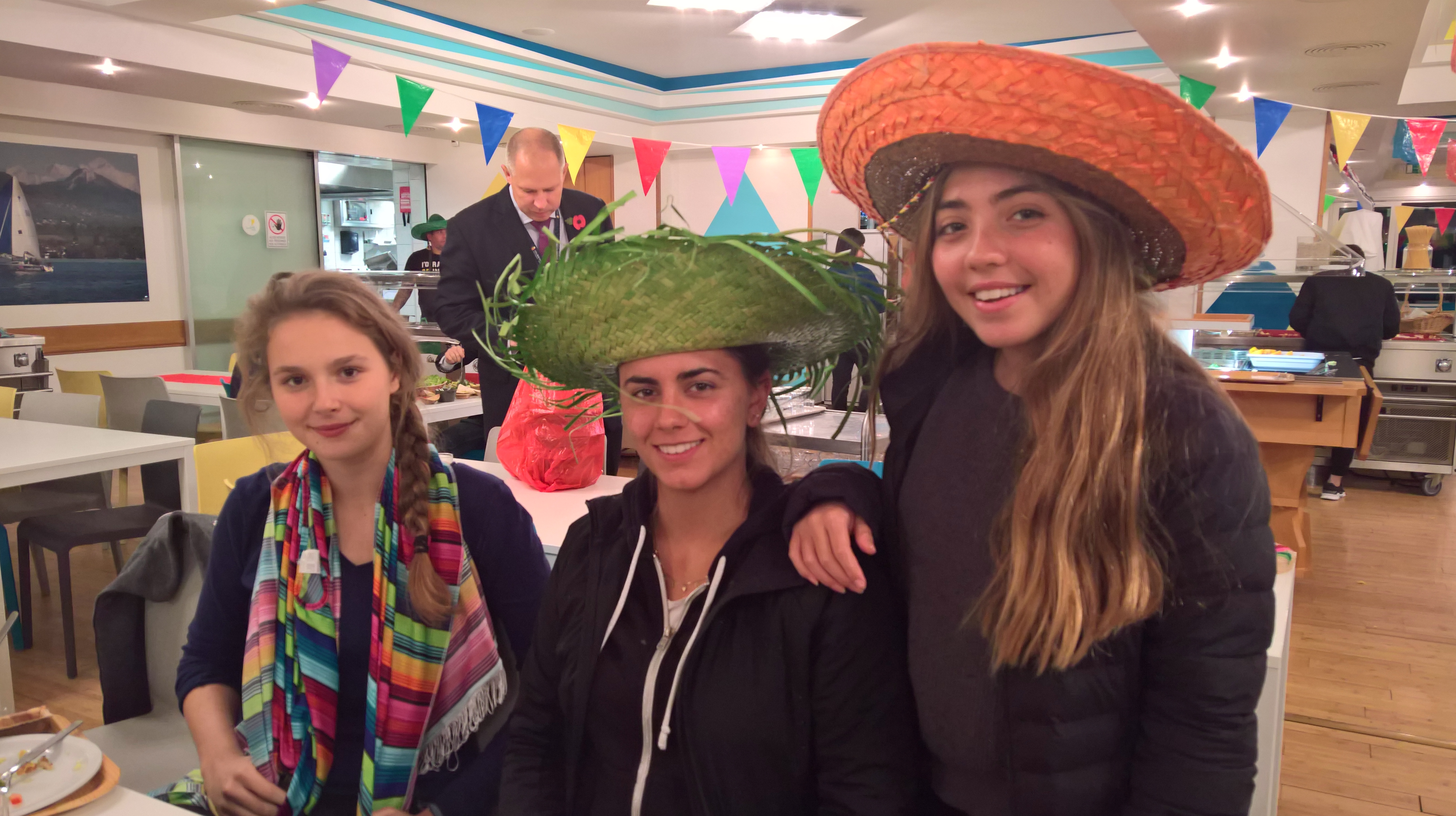Wer ist Sankt Nikolaus? – Who is Saint Nicholas?

The Historic, Real St. Nicholas
Across the German-speaking region of Europe there are many kinds of Santa Clauses with many different names. Despite their many names, they are all basically the same mythic character. But few of them have anything to do with the real Saint Nicholas (Sankt Nikolausor der Heilige Nikolaus), who was probably born around A.D. 245 in the port city of Patara in what we now call Turkey. Very little solid historical evidence exists for the man who later became the Bishop of Myra and the patron saint of children, sailors, students, teachers, and merchants. He is credited with several miracles and his feast day is December 6, which is the main reason he is connected with Christmas. In Austria, parts of Germany, and Switzerland, der Heilige Nikolaus (or Pelznickel) brings his gifts for children on Nikolaustag, Dec. 6, not Dec. 25. Nowadays, St. Nicholas (“Saint Nick”) through Sinterklaas.
In our House we also have a SECRET SANTA who leaves little presents in the socks 🙂









 QUE PADRE = HOW FUN
QUE PADRE = HOW FUN
 We made a pumpkin for halloween. We had the idea of creating a pumpkin that represented our house with all of our rooms but we also put scary effects. It was a really good activity and this halloween was really fun and exciting. This pumpkin will also be apart of the house competition and we hope to win!!!
We made a pumpkin for halloween. We had the idea of creating a pumpkin that represented our house with all of our rooms but we also put scary effects. It was a really good activity and this halloween was really fun and exciting. This pumpkin will also be apart of the house competition and we hope to win!!!